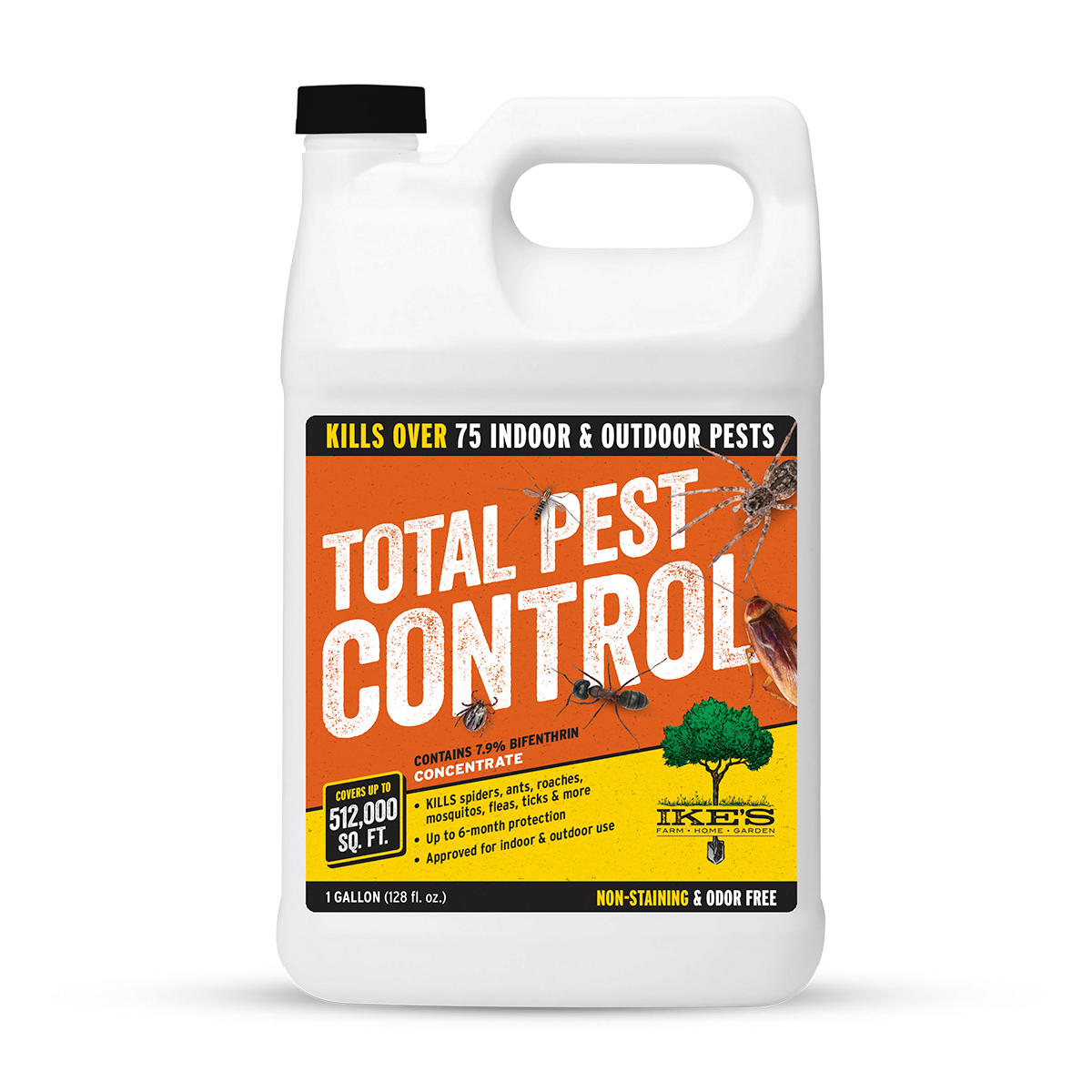Insect Control 101: Identifying Common Vermin and Their Effective Therapies
Pest control is an essential facet of maintaining a healthy living atmosphere. Typical bugs like ants, rodents, and various insects can posture significant obstacles. Understanding their actions and indications of problem is important for reliable administration. While chemical solutions exist, there are likewise natural options worth thinking about. As one checks out the nuances of pest recognition and treatment alternatives, the relevance of prevention approaches comes to be significantly evident. What approaches can truly keep pests away?
Identifying Ants: Types and Their Habitats
Ants, tiny yet powerful insects, are a diverse team that can be found in different environments across the world. There are over 12,000 recognized varieties, each exhibiting special actions and adjustments. Common types include the black yard ant, which grows in pleasant locations, and the fire ant, known for its agonizing sting, prevalent in warmer areas. Woodworker ants choose damp wood, making them a concern for homeowners, while fragrant residence ants are drawn in to human food sources.
Ants build detailed nests, often below ground, in timber, or within structures. Their habitats vary from woodlands to city setups, showcasing their adaptability. A lot of species are social, staying in colonies that can vary in dimension from a few loads to millions. Recognizing the kind of ant is vital for effective insect administration, as each types has various nesting practices and foraging habits that influence control strategies. Understanding their habitats help in prevention and therapy efforts.
Recognizing Rodents: Indicators of Invasion
Rats, like ants, can present considerable challenges for home owners and services alike. Acknowledging indicators of an infestation is essential for effective parasite control. Common indicators consist of droppings, which are typically located near food sources or nesting areas; small, dark pellets that can be misinterpreted for seeds. Eaten cords, furnishings, or product packaging may additionally signify a rodent presence, as they continuously munch to maintain their teeth workable. In addition, house owners may observe gnaw marks on walls or baseboards. Unpleasant odors, coming from urine and droppings, can suggest a bigger problem. Scraping or hurrying sounds, especially at night, are one more dead giveaway of rats. The presence of nests, usually made up of shredded materials like paper or fabric, can verify a problem. Dealing with these indications quickly can help minimize damage and prevent the spread of diseases related to rodents.
Usual Pest Pests: From Aphids to Termites
Insects stand for a varied team of insects that can create chaos in homes and gardens, with types varying from little aphids to harmful termites. Aphids are small, sap-sucking insects that can swiftly infest plants, causing stunted development and distortion. They usually draw in ants, which protect them from natural killers. On the other end of the range, termites are infamous for triggering significant architectural damages to wooden structures. They take in cellulose located in timber, endangering the stability of homes and buildings. Various other usual pest bugs consist of roaches, which grow in unsanitary conditions, and bedbugs, understood for more info their attacks and trouble in elimination. Flies, specifically houseflies, can infect food and send illness, while mosquitoes posture health and wellness risks through their bites. Effective bug administration begins with identifying these insects and comprehending their behaviors, which is necessary for shielding and preventing problems both home and wellness.
Reliable Therapies: Chemical and Natural Solutions
While property owners commonly seek instant remedy for insect infestations, picking the right therapy-- whether chemical or natural-- needs careful factor to consider of effectiveness and safety. Chemical options, such as pesticides and chemicals, can provide fast outcomes yet frequently carry risks, consisting of possible damage to non-target types and environmental concerns. Homeowners must review labels, follow application guidelines, and consider the timing of therapies to decrease dangers.
Conversely, natural solutions, such as diatomaceous earth, essential oils, or homemade traps, interest those seeking eco-friendly options. Although they might take longer to reveal outcomes, lots of all-natural therapies are more secure for households with kids and pet dogs - Pest Control Homestead. Integrated parasite administration, which combines both chemical and natural methods, can also be reliable. Eventually, the choice between these therapy kinds should straighten with the severity of the problem, individual values relating to safety, and the specific parasite being targeted
Prevention Approaches: Keeping Your Home Pest-Free

Furthermore, appropriate landscaping can discourage bugs; maintaining hedges trimmed and removing debris from the backyard lessens hiding locations. Homeowners ought to additionally think about moisture control, as several parasites grow in moist problems. Repairing leakages and making sure correct drain can reduce this threat. Utilizing all-natural deterrents, such as necessary oils or diatomaceous earth, can produce an undesirable environment for pests. By implementing these approaches, people can develop a pest-free home and minimize the possibility of future infestations.
Frequently Asked Questions
How Do I Know if I Have a Bug Problem?
Indicators of a pest issue consist of droppings, munch marks, nests, or uncommon noises. Observing damaged food or residential or commercial property, as well as unusual rashes or bites, may likewise indicate the visibility of pests in the environment.
Exist Any Type Of Seasonal Bug Trends to Be Familiar with?

Can Indoor Plants Bring In Pests?
Interior plants can certainly attract parasites, as they offer a suitable setting for insects like aphids and spider termites. Pest Control Homestead. Appropriate care and normal inspection are vital to stop infestations and maintain plant health
What Are the Health Dangers Related To Parasite Infestations?
Bug problems pose different wellness dangers, consisting of allergic reactions, breathing issues, and the spread of conditions. Direct exposure to pests like insects and rats can lead to infections, attacks, and contamination of food and living settings.
Exactly how Frequently Should I Inspect My Home for Pests?
Routine assessments must take place at the very least when every season, making sure any kind of indicators of bug activity are identified early. Home owners might adjust regularity based on their details setting and previous parasite issues. Consistency is vital.
Usual parasites like ants, rodents, and various pests can position significant difficulties. Identifying the kind of ant is important for efficient bug management, as each types has different nesting behaviors and foraging actions that affect control strategies. While home owners commonly seek prompt relief from insect invasions, choosing the right therapy-- whether chemical or natural-- calls for careful factor to consider of effectiveness and safety. Efficient bug control expands beyond prompt therapies; it additionally includes aggressive actions to avoid problems prior to they start. Seasonal bug trends frequently include enhanced rodent activity in autumn as they seek heat, while springtime typically brings an influx of ants and termites.